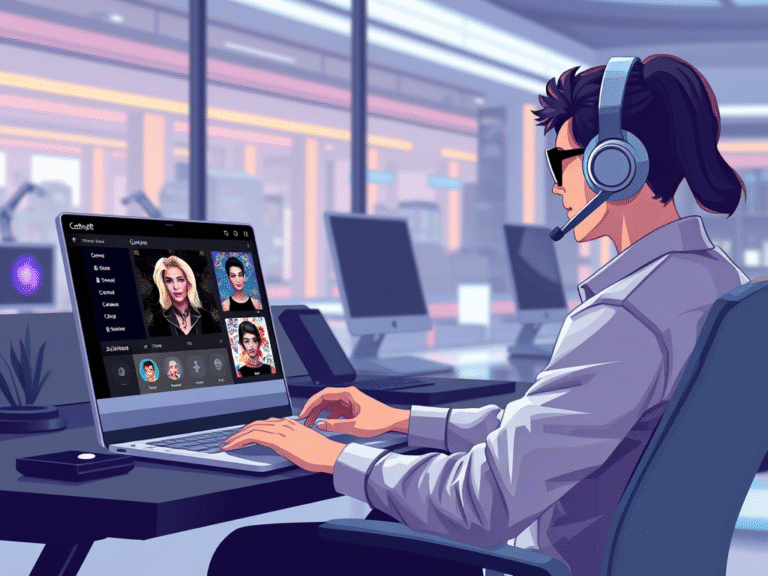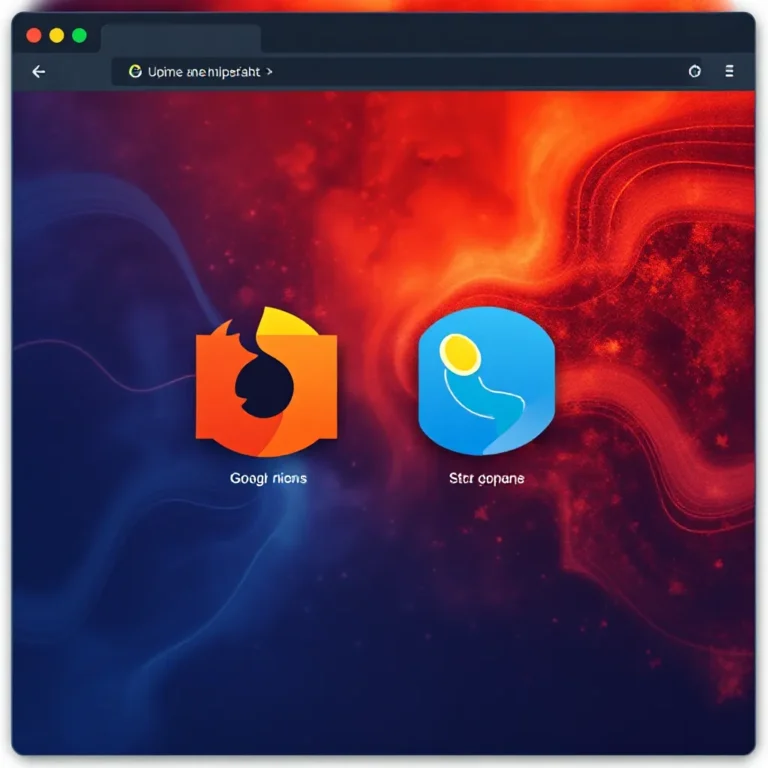
How AI in the Workplace Can Become Complex
Artificial Intelligence (AI) is transforming the modern workplace. It helps automate tasks, boost productivity, and even support creative work like writing and design. But as with any powerful technology, it also brings new challenges.
Let’s explore some of the ways AI can complicate work — and how you can use it wisely.
What Is AI and How Does It Impact Work?
AI stands for Artificial Intelligence — technology that mimics human abilities such as learning, problem-solving, and decision-making. In the workplace, AI tools can help with:
- Writing reports
- Analyzing large sets of data
- Creating visuals or designs
- Automating repetitive tasks
However, while AI can be incredibly helpful, it’s not perfect. Understanding its limitations is key to using it effectively.
Common Challenges of Using AI at Work
1. Inaccurate or Misleading Information
AI models are trained on existing data, which means they can sometimes provide outdated, incorrect, or misleading responses. Relying solely on AI without checking facts can lead to errors in important decisions.
2. Unpredictable or Strange Outputs
Sometimes, AI generates content that doesn’t make sense or produces irrelevant or inappropriate results. This can waste time and create confusion if users aren’t careful.
3. Bias in AI Decisions
Since AI learns from human-generated data, it can unintentionally reflect biases present in that data. This may result in unfair outcomes in areas like hiring, customer service, or performance reviews.
4. Job Displacement Concerns
There’s growing concern that AI could replace certain roles, especially those involving repetitive or data-based tasks. While AI can enhance productivity, it also requires workers to adapt by learning new skills.
5. Need for New Skills
Using AI effectively demands digital literacy and critical thinking. Employees must learn how to guide, interpret, and validate AI outputs — which can be a challenge for some teams.
6. Overdependence and Reliability Issues
When employees become too reliant on AI, problems arise when systems fail or give incorrect results. AI should support human judgment — not replace it entirely.
7. Reduced Team Collaboration
Some tasks that once required teamwork are now handled individually with AI tools. This shift may reduce collaboration and limit opportunities for creative brainstorming.
8. Privacy Risks
AI often needs access to large amounts of data, including sensitive employee or customer information. If not managed carefully, this raises concerns about data misuse or breaches.
9. Legal and Ownership Questions
Who owns content created by AI? What happens if an AI system makes a discriminatory decision? These legal gray areas are still being debated, making responsible AI use more complex.
Best Practices for Using AI Safely at Work
To get the most out of AI while avoiding pitfalls:
- Review AI-generated content carefully before using it in official documents or decisions.
- Keep humans in the loop , especially for high-stakes decisions.
- Train employees to understand both the benefits and risks of AI.
- Establish clear guidelines for ethical and secure AI usage.
- Stay informed about evolving laws and regulations around AI and data privacy.
AI has the power to improve efficiency and innovation in the workplace — but it also comes with responsibilities. By understanding its limitations and using it thoughtfully, organizations can harness its potential without compromising quality, fairness, or security.





